Blog Detail
Table of Contents
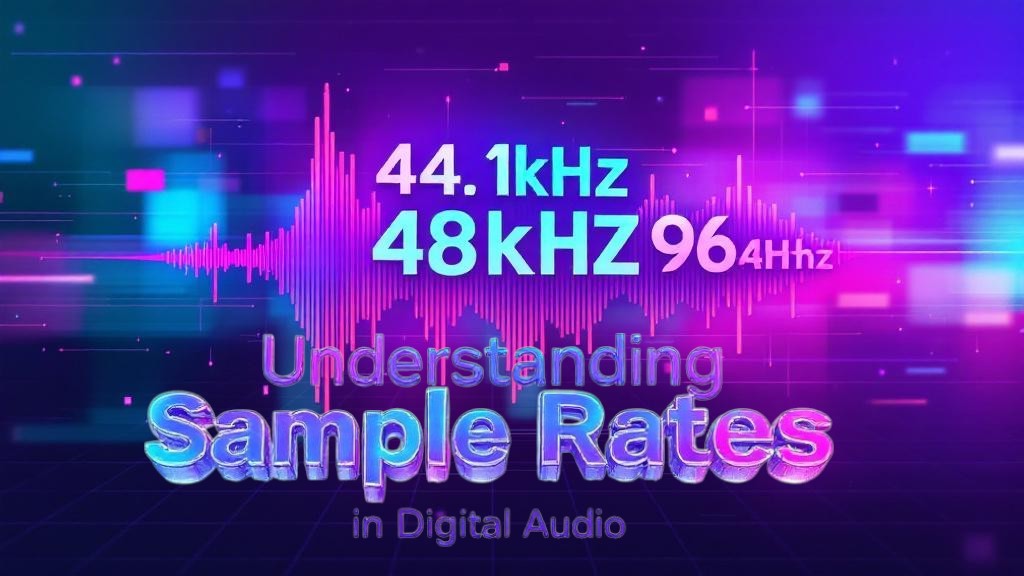
Understanding Sample Rates in Digital Audio
- Sophia
- Jul 23, 2025
- 0 Comments
In the realm of digital audio, the term sample rate refers to the frequency at which an analog audio signal is sampled to convert it into a digital format. This fundamental concept plays a crucial role in determining the quality and fidelity of recorded and reproduced sound.
What Is Sample Rate?
Sample rate, measured in Hertz (Hz) or kilohertz (kHz), indicates how many times per second an audio signal is sampled during the analog-to-digital conversion process. For instance:
44.1 kHz: 44,100 samples per second (standard for CDs)
48 kHz: 48,000 samples per second (common in video production)
96 kHz: 96,000 samples per second (used in high-resolution audio)
A higher sample rate means more samples are taken per second, leading to a more accurate digital representation of the original analog signal.

What's the difference between sample rates
44.1 kHz:
Ideal for general music recordings, including albums and casual content creation. This is the CD-quality standard and works well for most listeners.
48 kHz:
The go-to sample rate for multimedia projects, especially when you're working with video or streaming platforms. It strikes a balance between quality and file size, making it versatile for music, podcasts, and sound design.
96 kHz and above:
Best suited for professional music production and audiophile-grade recordings. However, keep in mind that not all playback systems can support these high rates, and file sizes will be significantly larger.
How do we measure sample rates?
We measure the sampling rate in kilohertz (kHz).
Using the most common sampling rate, an audio sample rate specification looks like this: 44.1 kHz.
Moreover, the sampling rate of 44.1 kHz means we’re taking 44,100 samples of our audio per second!
Below is a list of the common sample rates:
44.1 kHz 44,100 samples per second
48 kHz – 48,000 samples per second
88.2 kHz – 88,200 samples per second
96 kHz – 96,000 samples per second
192 kHz – 192,000 samples per second
Does a higher sampling rate mean a better audio quality?
By taking more samples per second, you get a digital signal with a higher audio resolution. A higher sample rate provides a wider frequency response and higher resolution, resulting in a more detailed and faithful reproduction of the original sound. Using a higher sample rate helps reduce artifacts and distortion during the digital-to-analog conversion process, ensuring a clearer, higher-fidelity output.
But this doesn't mean that using a higher sample rate is always a good idea. Recording at a higher sample rate results in larger audio files. In addition, it also requires more computer processing power. As the number of samples increases, we need more disk space to store them.
So it is not the case that the higher the sampling rate, the better the audio quality.
What sampling rate is best?
The best sample rate for any audio application depends largely on your intentions for the audio. Generally speaking, the higher the sample rate, the more detail you can capture. It is best to record at 48 kHz to ensure that more detail of the sound source is captured. Professional recordings should be based on 44.1 kHz, and ideally the sample rate should be slightly higher.
A common sample rate is 44.1 kHz (44,100 samples per second), which is high enough to capture frequencies within the threshold of human hearing.
Bit Depth and Sample Rate
Speaking of sampling rate, here are two more related terms, bit depth and sampling rate:
Bit Depth
The bit depth indicates the quantization accuracy of each sample point, that is, the number of different amplitude levels that can be represented by each sample. The bit depth determines how many available bits are used to measure the sound wave first, and then we store the samples in digital bytes.
The higher the bit depth, the more amplitude levels can be represented, the greater the dynamic range of the audio, and the lower the noise floor. A bit depth of 16 bits can represent 65,536 amplitude levels with a dynamic range of about 96dB; a bit depth of 24 bits can represent 16,777,216 amplitude levels with a dynamic range of about 144dB. Higher bit depths help reduce quantization noise and improve audio quality.
Sample Rate
The sampling rate refers to the number of times an analog signal is digitally sampled per unit time, usually expressed in Hertz (Hz). The bit rate determines the size of the digital audio file.
According to the Nyquist–Shannon sampling theorem, in order to avoid aliasing, the sampling rate must be at least twice the highest frequency in the signal. For example, the human ear can hear frequencies ranging from about 20Hz to 20kHz, so the sampling rate should be at least 40kHz. Common sampling rates include 44.1kHz (CD quality), 48kHz (professional audio and video production), etc.
What is the sampling rate of the TT106 earhook explanation system device?
8-bit 8K sampling rate
Sampling rate (8KHz): 8000 samples per second, in line with the Nyquist theorem, capable of capturing frequencies up to 4kHz.
Bit depth (8 bits): Each sampling point is represented by 8 bits, providing 256 different amplitude levels, with a dynamic range of about 48dB.
Application scenarios: Mainly used in telephone communications, voice message systems and other occasions where sound quality requirements are not high.
Sound quality characteristics: Low sound quality, limited frequency response, suitable for voice transmission, but not suitable for high-fidelity audio requirements.
What is the sampling rate of the TT106S earhook explanation system equipment?
16-bit 48K sampling rate
Sampling rate (48KHz): 48,000 samples per second, capable of capturing frequencies up to 24kHz, far beyond the audible range of the human ear.
Bit depth (16 bits): Each sampling point is represented by 16 bits, providing 65,536 different amplitude levels, with a dynamic range of about 96dB.
Application scenarios: widely used in professional audio production, broadcasting, video production and other fields.
Sound quality characteristics: high-fidelity sound quality, wide frequency response, suitable for high-quality audio recording and playback.

How to choose?
The upgrade from "8-bit 8K sampling rate" to "16-bit 48K sampling rate" means a significant improvement in audio quality. If your application scenario has high requirements for sound quality, it is recommended to use 16-bit 48K sampling rate equipment and formats. For occasions such as telephone communications where sound quality is not high, 8-bit 8K sampling rate is sufficient to meet the needs.
How is sound recorded digitally?
Finally, let's take a look at the exact process of digitally recording sound.
Sound is recorded digitally through a process called analog-to-digital conversion (ADC). This involves converting the continuous analog sound waveform into a series of discrete digital samples, which can then be stored and processed as digital data.
When sound is emitted, it creates pressure waves that travel through the air. If the diaphragm of a recording device (such as a microphone) is nearby, the air waves create vibrations in the diaphragm. The magic of the transducer also converts these vibrations that are constantly changing with the air waves into electrical signals. This sound is then converted into a digital signal that can be saved and processed on a computer. There are three important factors involved in this process: sampling rate, bit rate, and bit depth.
conclusion
Bitrate refers to the number of bits per second of audio. The higher the bitrate, the better the audio quality, and therefore the larger the file size. Bit depth is the number of bits used to represent each audio sample. Sampling rate refers to the number of audio samples taken per second. The higher the sampling rate, the more accurate the audio representation. The most commonly used sampling rate in music production and podcasting is 44.1kHz. The process of converting sound into a digital signal is inseparable from these three factors.
When it comes to choosing which sampling rate to use, it is recommended to use 44.1 kHz or 48kHz. In most cases, 48 kHz will give you a perfect balance of quality and ease of use, with high enough audio quality without taking up space on your device with large files.

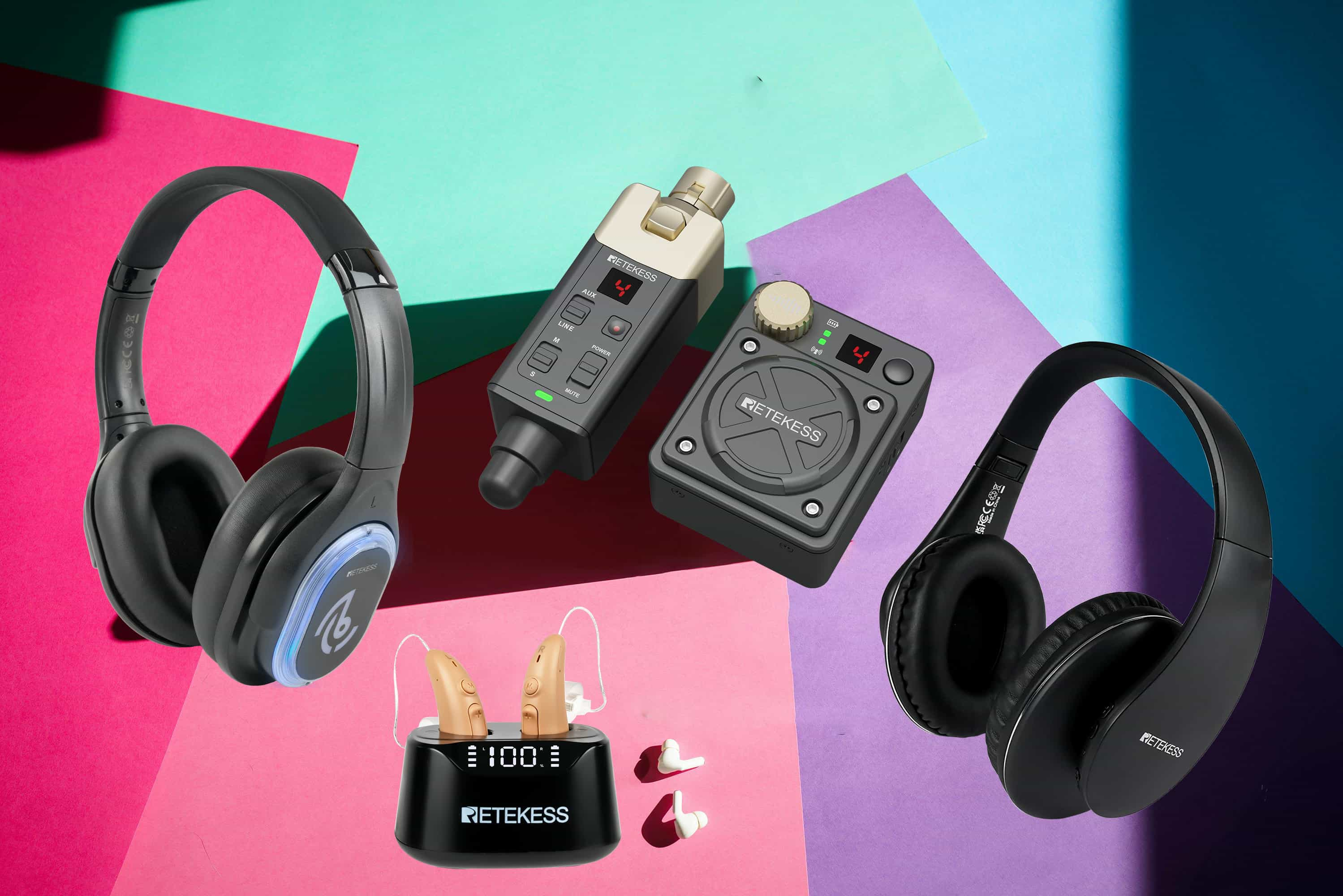
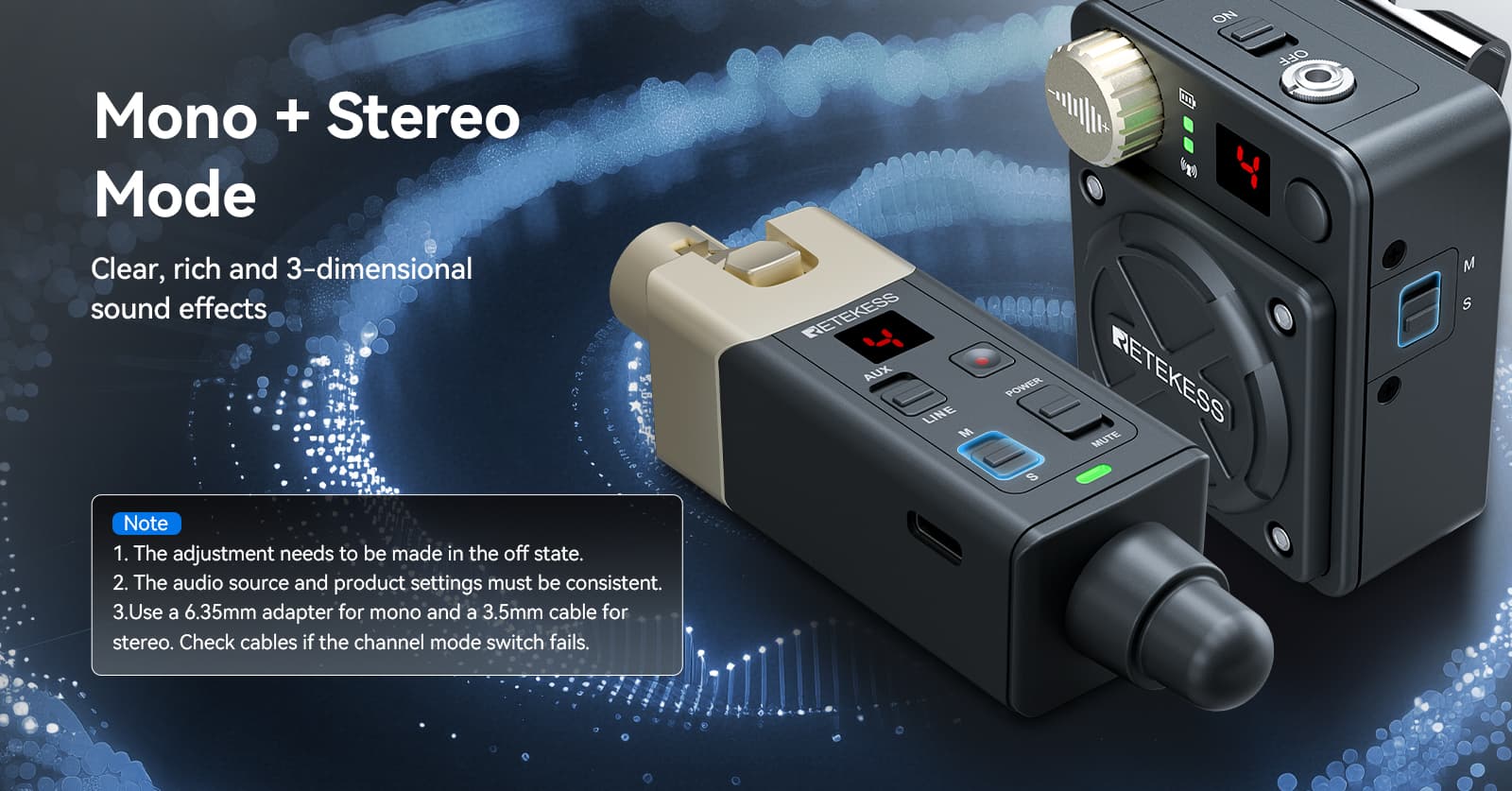

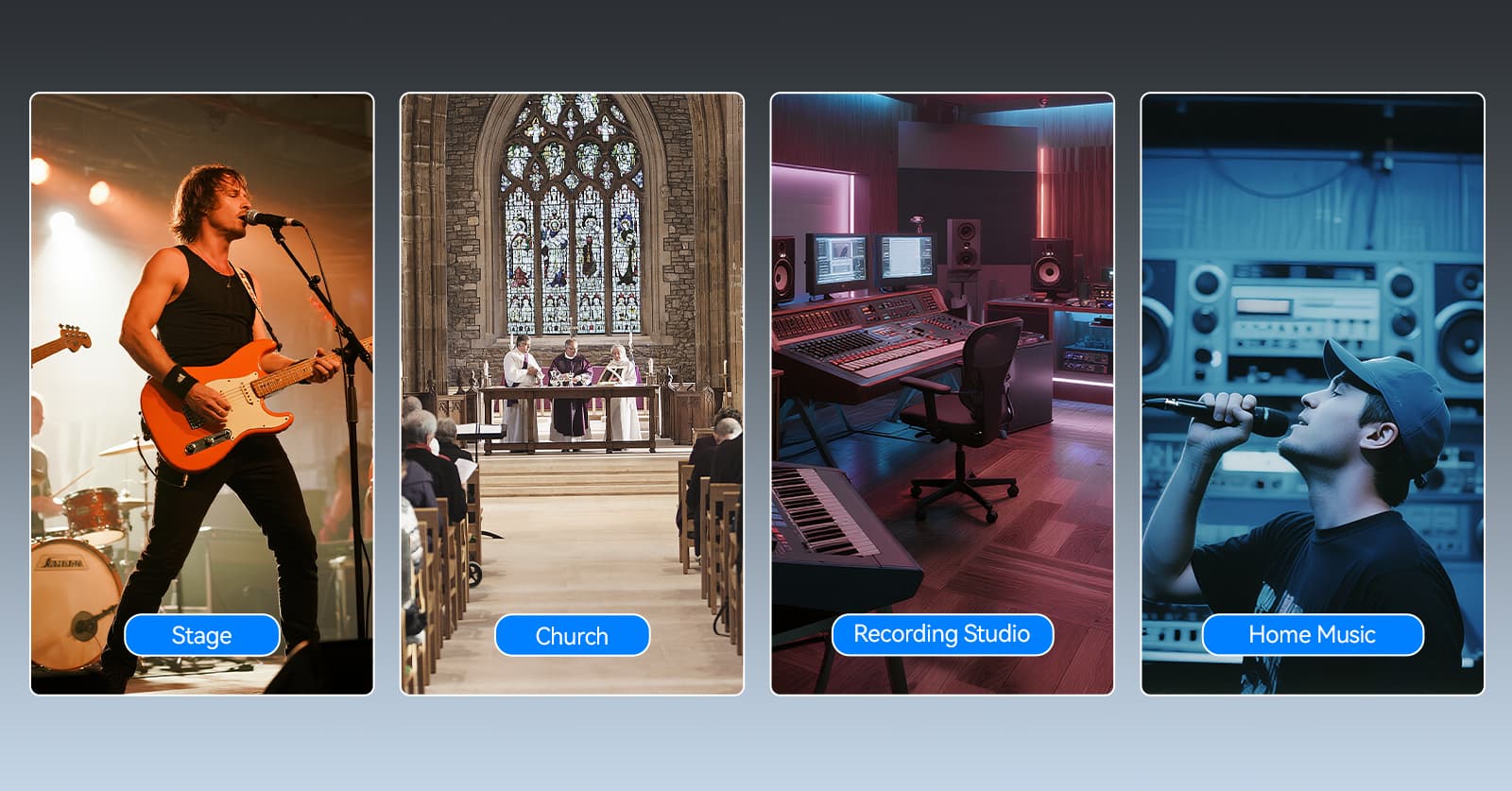
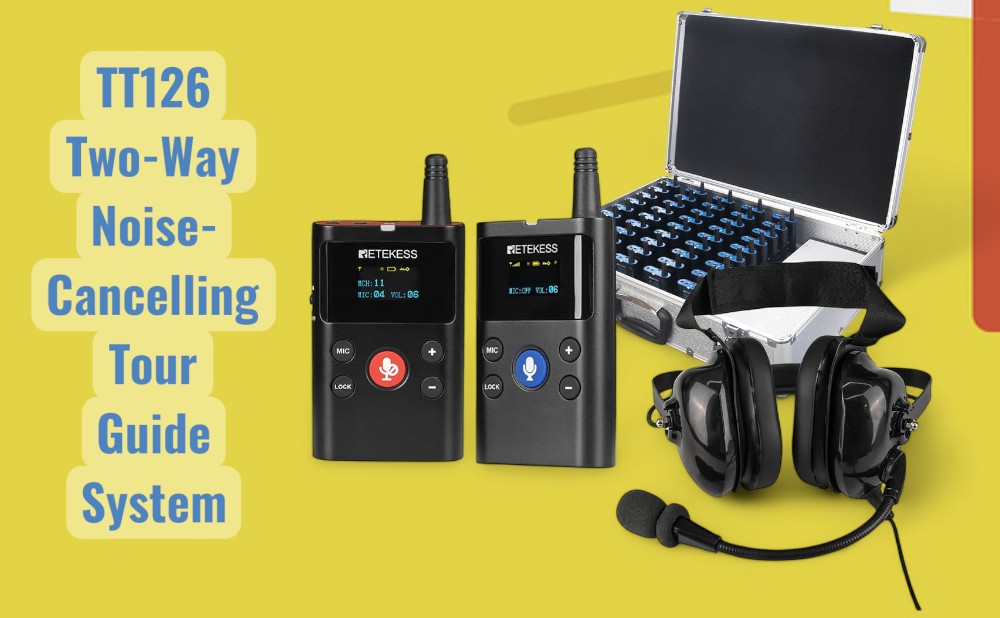
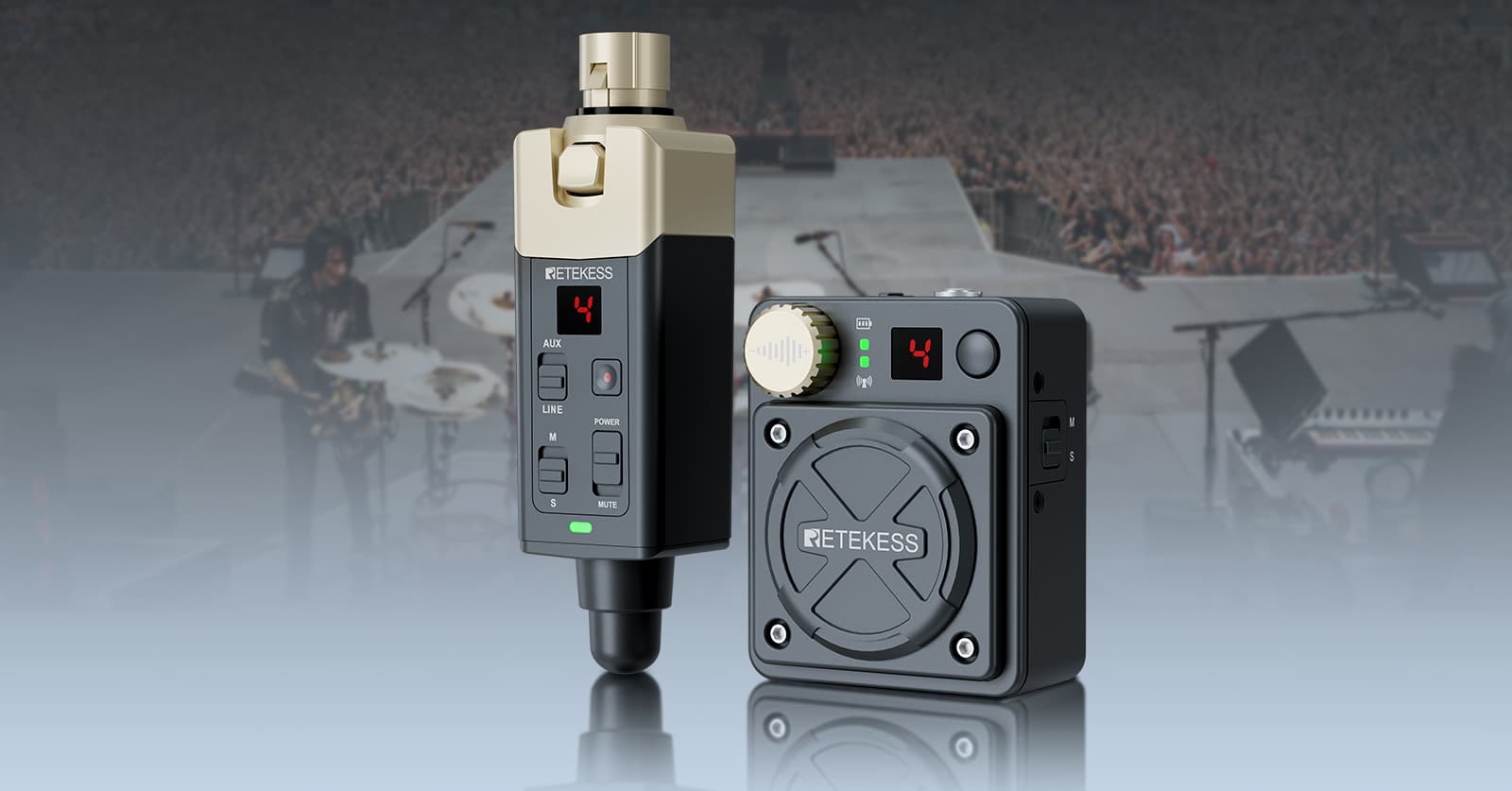








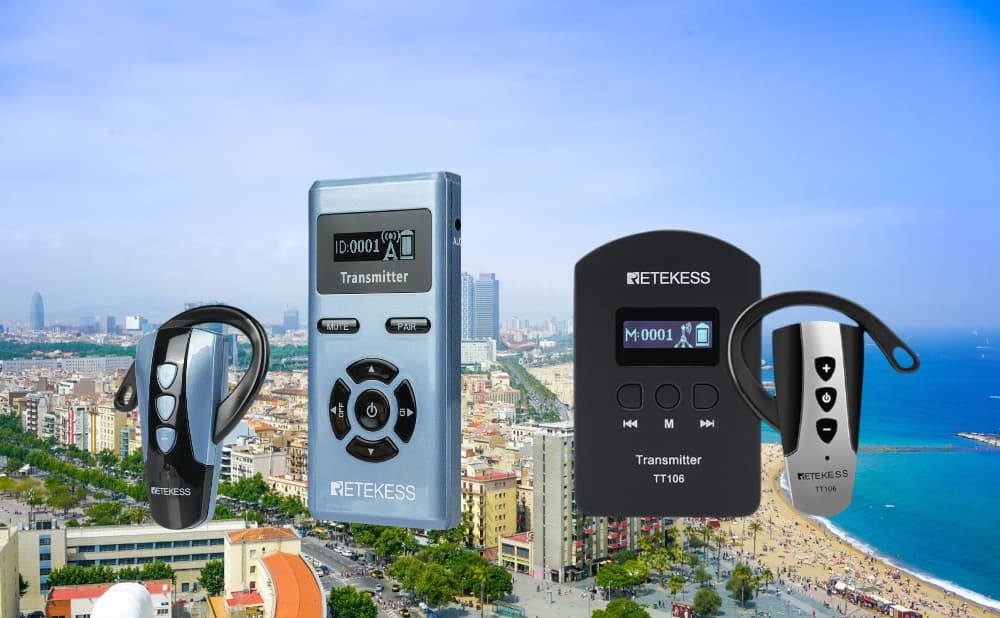






Comments (0)